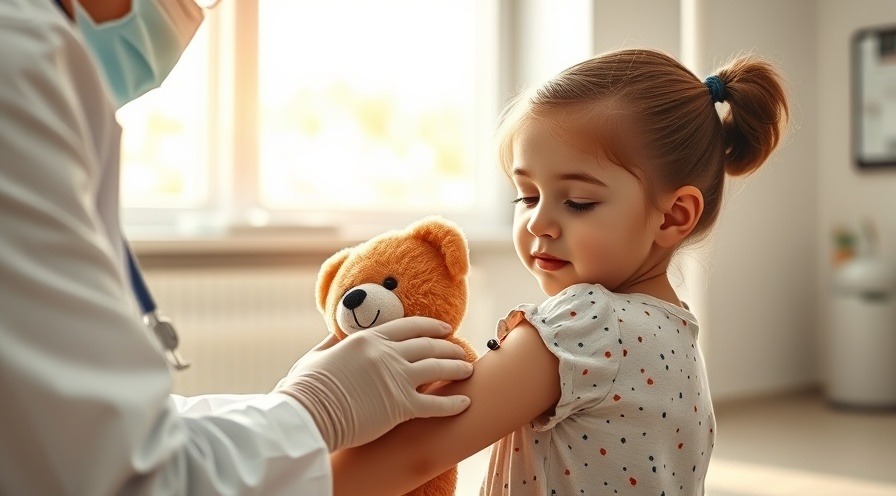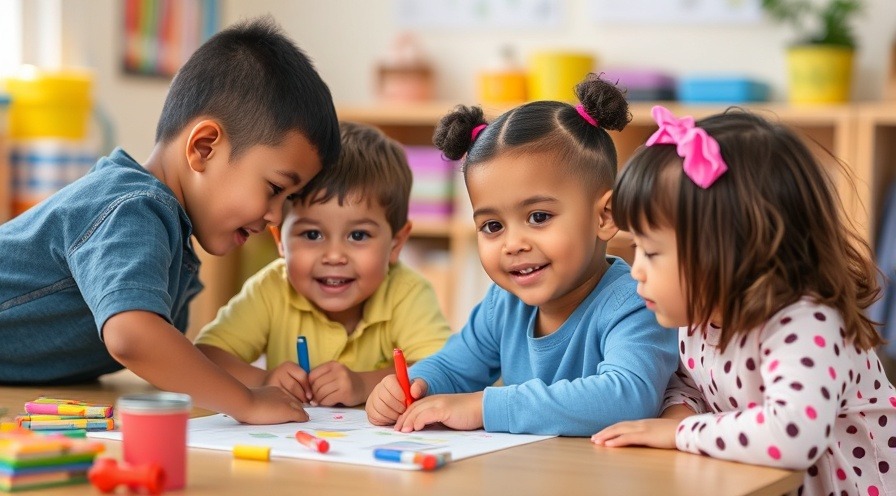
Recognizing Anxiety in Children: An Essential Skill for Parents
Anxiety can manifest in children in subtler ways than many of us might imagine. Though adults often experience overt signs of stress—like agitation and restlessness—kids may express their anxiety through physical symptoms, behavioral shifts, and emotional reactions that can be easily overlooked. Research indicates that early identification of anxiety is critical for effective intervention, suggesting that parents and caretakers must sharpen their observation skills to support their children effectively.
In “What Anxiety Looks Like in Kids (You Might Miss It!)”, the discussion dives into crucial signs of childhood anxiety that are easily overlooked, prompting us to explore its broader implications and how parents can address it.
The Importance of Awareness: Understanding Child Anxiety
This issue of anxiety in children is more prevalent than we might think. According to mental health professionals, 1 in 6 children experience anxiety disorders by age 18. Symptoms can range from excessive worry and school avoidance to physical complaints like stomach aches or difficulty sleeping. For health-conscious adults, recognizing these often-overlooked signs can be the first step toward creating a supportive environment that encourages open communication and positive coping mechanisms.
Actions Parents Can Take: Effective Strategies for Support
So, how can parents help their children navigate anxiety? Building a strong foundation for mental health starts with creating a safe space where children feel comfortable expressing their feelings. This can be achieved by encouraging daily discussions about their day, validating their emotions, and providing reassurance without dismissing their concerns. Additionally, strategies like mindfulness practices and casual family exercise can be beneficial, turning anxiety into an opportunity for growth rather than fear.
Common Misconceptions: Myth Busting Around Child Anxiety
It’s crucial to dispel myths surrounding child anxiety—many people still believe that children simply 'grow out of' anxiety. This is misleading, as untreated anxiety can lead to long-term emotional and social difficulties. By addressing anxiety early, parents can prevent it from escalating into more significant issues such as depression or behavioral problems in adolescence and adulthood. Understanding that anxiety is a valid experience for children opens the door to proactive approaches to mental health.
The Role of Professional Help: When to Seek Guidance
For parents, knowing when to seek help is a vital part of supporting a child. Indicators that professional intervention may be necessary include extreme behavioral changes, persistent sadness, or symptoms that disrupt daily activities. Professional counseling or therapy can provide children with tools to manage their feelings more effectively, empowering them to deal with anxiety healthily. Moreover, mental health professionals can also equip parents with strategies to create a positive and understanding home environment.
Moving Forward: Taking Action for Your Child’s Well-Being
Understanding and recognizing anxiety in children is not just beneficial for their immediate health, but it can also lay the groundwork for lifelong emotional resilience. By fostering an atmosphere of support, parents can help their children develop healthy coping skills that will serve them well into adulthood. It’s essential to remain vigilant for signs of anxiety and ready to engage in open dialogues about mental health.
In “What Anxiety Looks Like in Kids (You Might Miss It!)”, the discussion delves into the many facets of childhood anxiety, prompting us to consider its symptoms and how they can be misinterpreted. As such, being proactive in identifying these signs can lead to better outcomes for our children's mental health.
 Add Row
Add Row  Add
Add 




Write A Comment